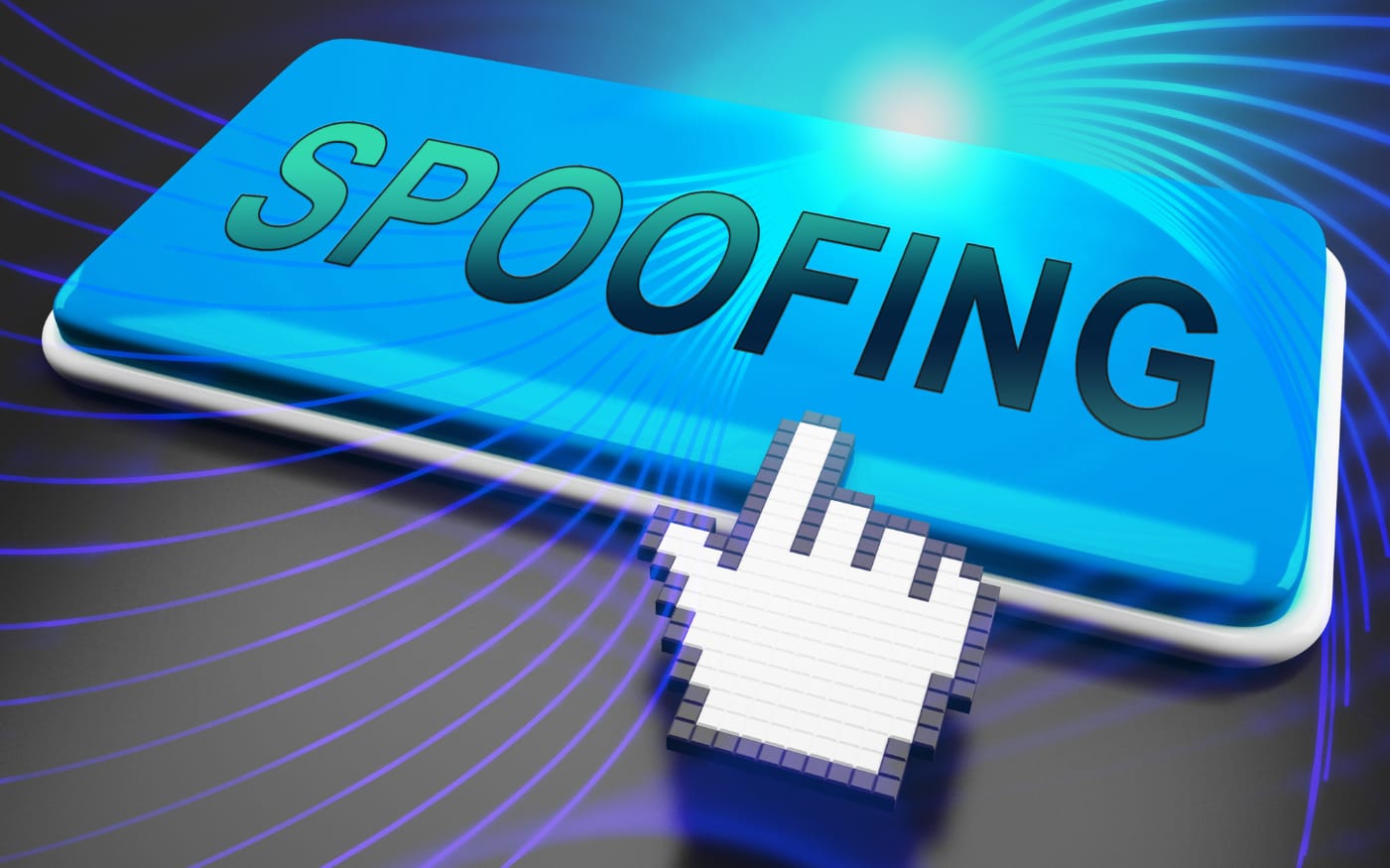20 Most Spoofed Brands
Spoofing is a type of cyber attack that uses a popular brand to gain someone’s trust. It’s an old trick, but it’s still very effective online because people are more likely to fall for a scam if they think they’re dealing with a trustworthy brand. Many digital messages are being sent daily, so it’s easy to miss a well-designed spoofing attempt. In this blog we will talk about the most spoofed brands and how brands can deal with this type of attack.
Cybercriminals often send phishing emails with fake links or create fake websites that look like the real thing. They may even register a domain name that seems authentic.
Watch out for suspicious emails that may contain malware attachments and fake URLs that look like real websites from trusted companies. These fake pages aim to trick you into entering your sensitive information. Look for these signs when logging in: small login box, blurred background, unusual or outdated design, and pressure tactics.
Ranking the Most Spoofed Brands
It’s important to be cautious when receiving emails or messages from any of these brands or any other company and to always verify the authenticity of the communication before providing any personal information. Some of the most spoofed brands in the world include:
- AT&T Inc.
- PayPal
- Microsoft
- DHL
- Meta
- Internal Revenue Service
- Verizon
- Adobe
- Amazon
- Apple
- Wells Fargo & Company
- eBay
- American Express Company
- KDDI
- Office365 (Microsoft)
- Chase Bank
- Coinbase Global, Inc.
- Netflix Inc
Source: Cloudflare
How does spoofing work?
Email spoofing is when someone pretends to be someone else through an email message. For instance, an attacker might create an email that looks like it’s from PayPal, asking the user to click on a link to change their password or risk having their account suspended. Check out this list of common phishing email subject lines to watch out for.
If the user falls for it and enters their details, the attacker can steal their PayPal account credentials and access their funds. This technique is also used to trick financial employees into transferring large amounts of money to an attacker’s account. Attackers may copy elements from the official website to make the email look legitimate.
Read more about email spoofing here.
What can brands do about brand spoofing?
Email spoofing can have serious negative consequences for both the brand and its customers. This can be used to deceive recipients into clicking on links or downloading malicious attachments, which can lead to data breaches, malware infections, and other cyber attacks. Customers may become wary of opening emails from the brand in the future, which could result in decreased engagement and sales.
To protect their brand and customers from email spoofing, brands should consider the following approaches:
Communicate your measures to customers. Include measures to protect your brand in your customer communication and messages. For example, banks usually tell their clients “We will never ask for your full login details or password online.” Clearly communicate what information you will request from customers and what you will not. Educate them on what your email address and domain look like and assure them that you will not call them, etc.
Provide verification methods to your customers. If they have any doubts or suspicions, they can choose to avoid clicking the link altogether and instead visit your official website directly or call the sender directly to confirm the validity of the message.
Activate DMARC. DMARC (Domain-based Message Authentication, Reporting, and Conformance) allows the owner of a domain to specify which email servers are authorized to send emails on behalf of their domain and provides instructions to email receivers on how to handle emails that fail authentication. DMARC also provides reporting capabilities to domain owners, giving them visibility into how their domain is being used in email messages.
Use email security software. Collaborating with cyber security and brand protection agencies can be a valuable strategy for combating fake products or online impersonation. While it may not be your sole responsibility, your company’s cross-functional team, particularly the IT/Cyber Security department, can work together to address this issue.
Get Better Email Security
Approximately 91% of phishing emails are transmitted through Gmail accounts, while only 9% originate from other sending domains. This is probably due to several factors, such as the widespread popularity and strong reputation of Google’s email service, which holds the second-largest market share among email clients.
Additionally, setting up a Gmail account is fast and free, which makes it an attractive option for cybercriminals seeking to execute phishing scams. Furthermore, Gmail’s “read receipts” feature enables malicious actors to track whether a potential victim has opened their message, even if they don’t respond, providing them with valuable information for their schemes.
Sangu Mail works with your GMail and Google Workspace accounts. Learn more about it here.

